Roccasicura.
2023
Roccasicura (La Ròcca in Molise) is an Italian town of 484 inhabitants in the province of Isernia in Molise
You may also like
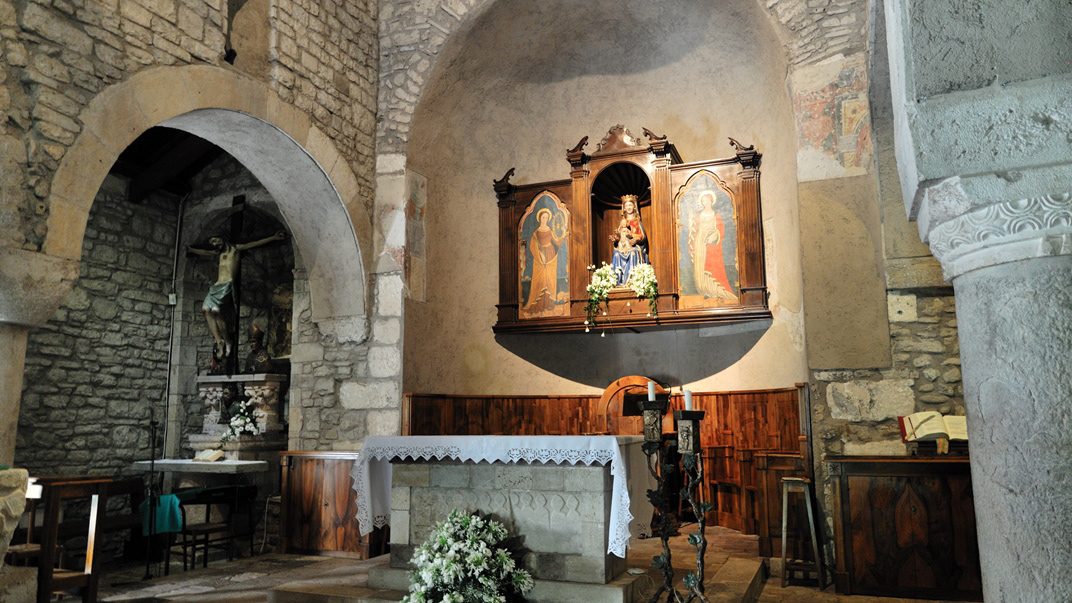
2015
Roccavivara (CB) Santuario della Madonna del Canneto
La chiesa giunta ai nostri giorni risale ai secoli XI-XII, ha pianta a croce latina, con tre absidi. La facciata non ha elementi decorativi rilevanti, se non un bassorilievo sulla lunetta del portale. Nei muri esterni della chiesa sono inserite lapidi e varie iscrizioni di epoca romana e medievale, mentre, sulla destra, si leva una possente campanile, ultimato nel 1329 ad opera dell'Abate Nicola, consistente in una torre merlata di stampo gotico con trifore sulle arcate. L'interno della chiesa è austero e a tre navate, ciascuna terminante con un'abside semicircolare. Lungo la navata centrale è collocato un pregevole ambone, finemente decorato, realizzato nel 1223, in parte con materiali di reimpiego più antichi. L’ambone è sostenuto da tre archi disuguali e, sotto il parapetto, si aprono sette piccole edicole: quella centrale doveva sostenere un’aquila che, con le sue ali spiegate, fungeva da leggio. Le altre sono occupate da sei monaci in altorilievo, intenti alle attività che rappresentano la regola monastica dell’ora et labora. Dietro l'altare maggiore è collocata la statua della Madonna di Canneto, risalente al XIV secolo, in stile gotico, e conosciuta anche come la Vergine del Sorriso. Nell’area adiacente la chiesa, sono presenti scavi archeologici che hanno riportato alla luce resti di una Villa romana del I secolo d.C.
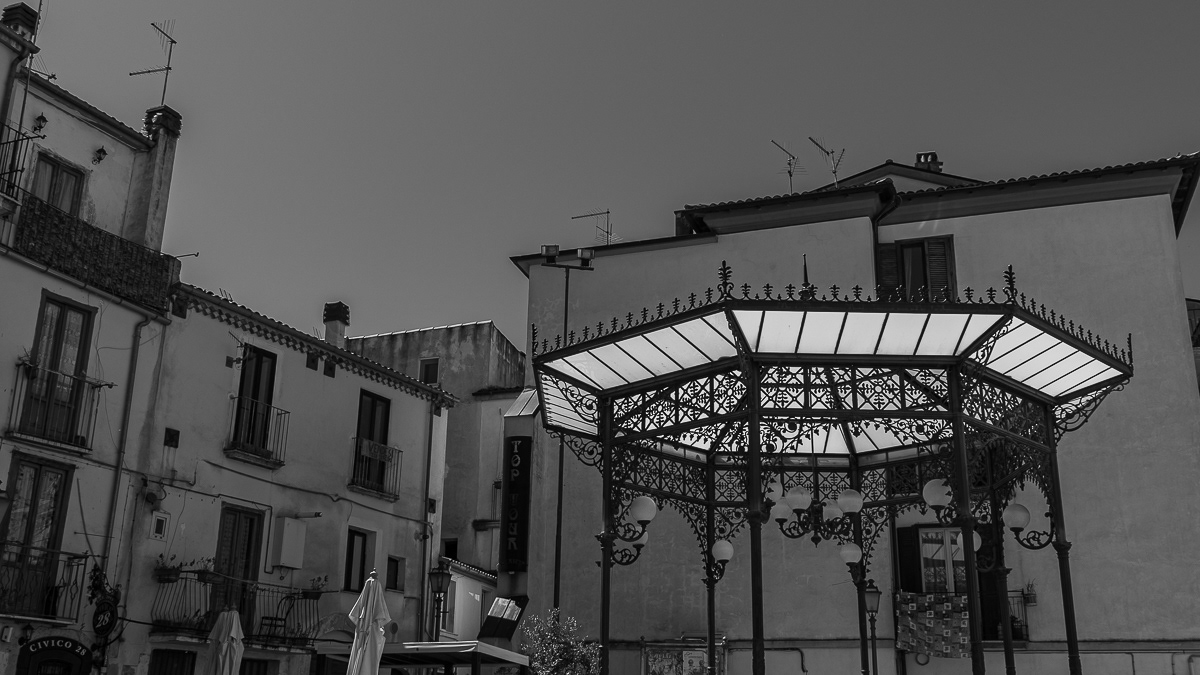
2021
Isernia, scorci
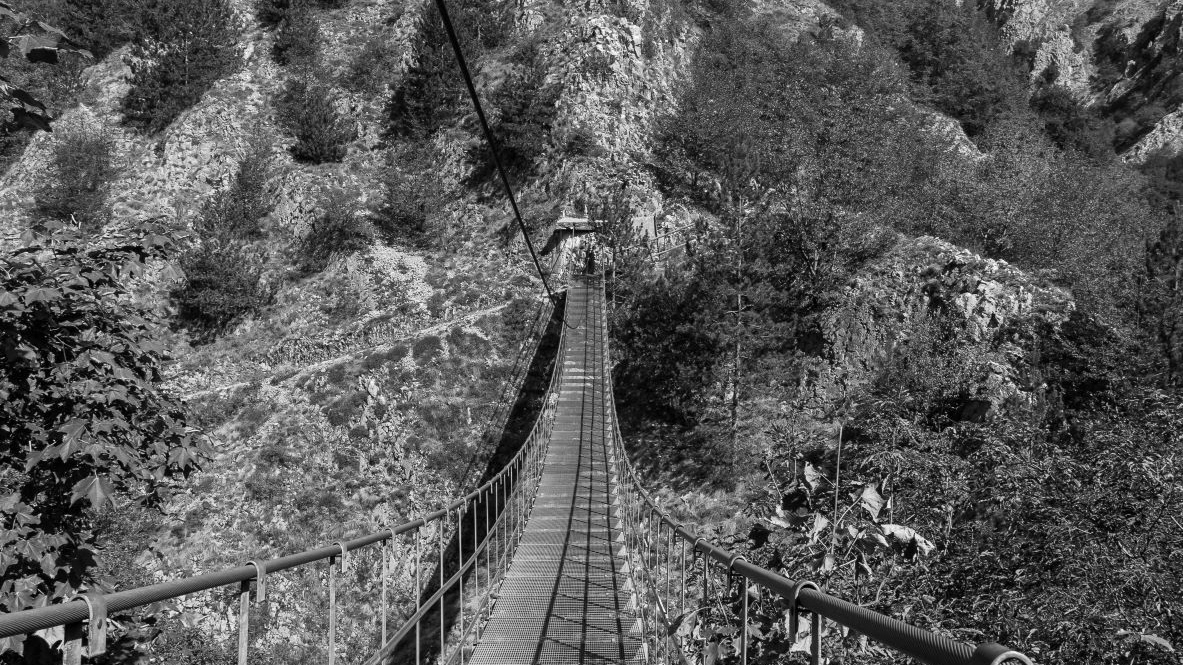
2021
Roccamandolfi. The Tibetan bridge
A metal bridge suspended in the air, 234 meters long and reaching 140 meters above ground level, has been installed near the Roccamandolfi Castle for some years now.
2022
Isernia. The Sanctuary of SS Cosma e Damiano
The Sanctuary of Santi Cosma e Damiano is located at an altitude of 400 meters. Inside, silver busts of the seventeenth century are venerated with the relics of the two saints inside, always inside two small plaster statues depicting the two saints to whom the sanctuary is dedicated. According to tradition, the sanctuary has existed since 1130, the first official document concerning it, however, dates back to 1523. In fact, in 1130 it seems that a chapel was built in this place, but this statement cannot be supported by any documentation that proves its actual presence. on that date. The current sanctuary as we can see it today dates back to the construction of 1523. Inside, the church has a single nave with a coffered ceiling. The presbytery ends with an apse. A beautiful cycle of frescoes depicting the life of Saints Cosma and Damiano of the Neapolitan school adorns the church. The ceiling was instead made by various artisans of Agnone. Inside the sanctuary we also find a collection of ex-votos that include painted tablets, sheets with inscriptions, photographs, anthropomorphic figurines and other objects.
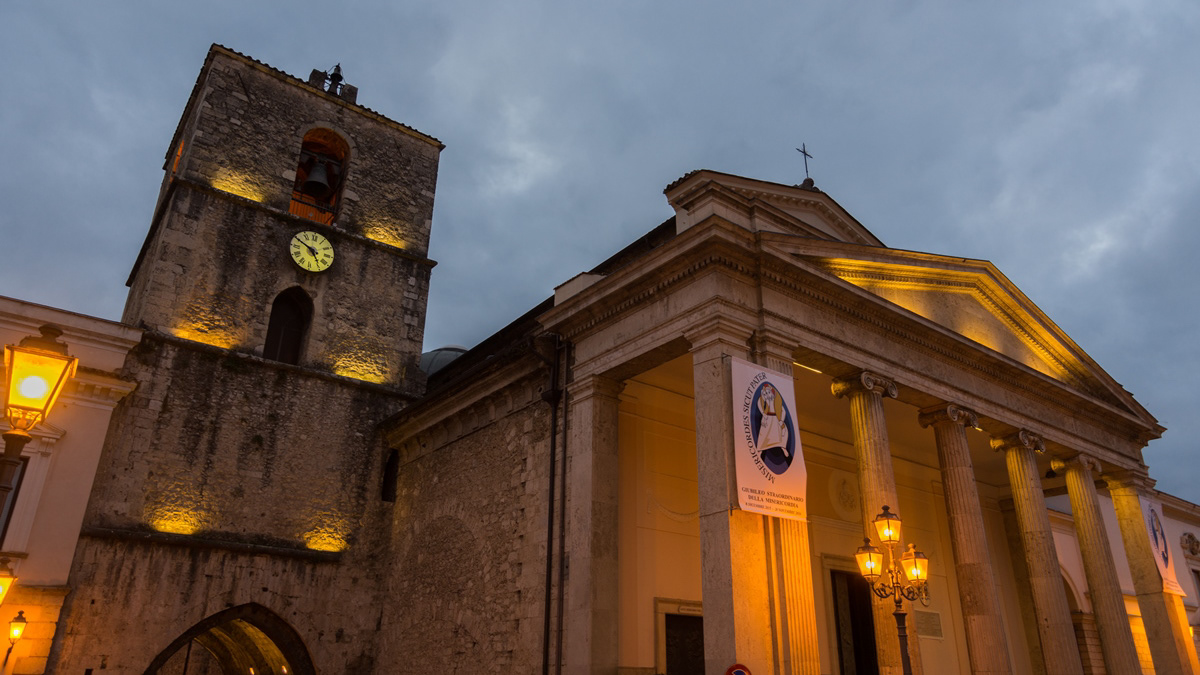
2018
Isernia - La Cattedrale di S. Pietro Apostolo
La cattedrale di San Pietro Apostolo è l'edificio di culto cattolico più importante della città di Isernia, chiesa madre della diocesi di Isernia-Venafro e sede dell'omonima parrocchia. Si trova in piazza Andrea d'Isernia, nel centro storico della città e sorge su un antico tempio pagano italico del III secolo a.C.; il suo aspetto odierno è il risultato di numerosi interventi, effettuati sia dopo i numerosi terremoti, sia in seguito a progetti di rinnovamento dell'edificio.

2025
Isernia. Cathedral of St. Peter the Apostle 26.04.25
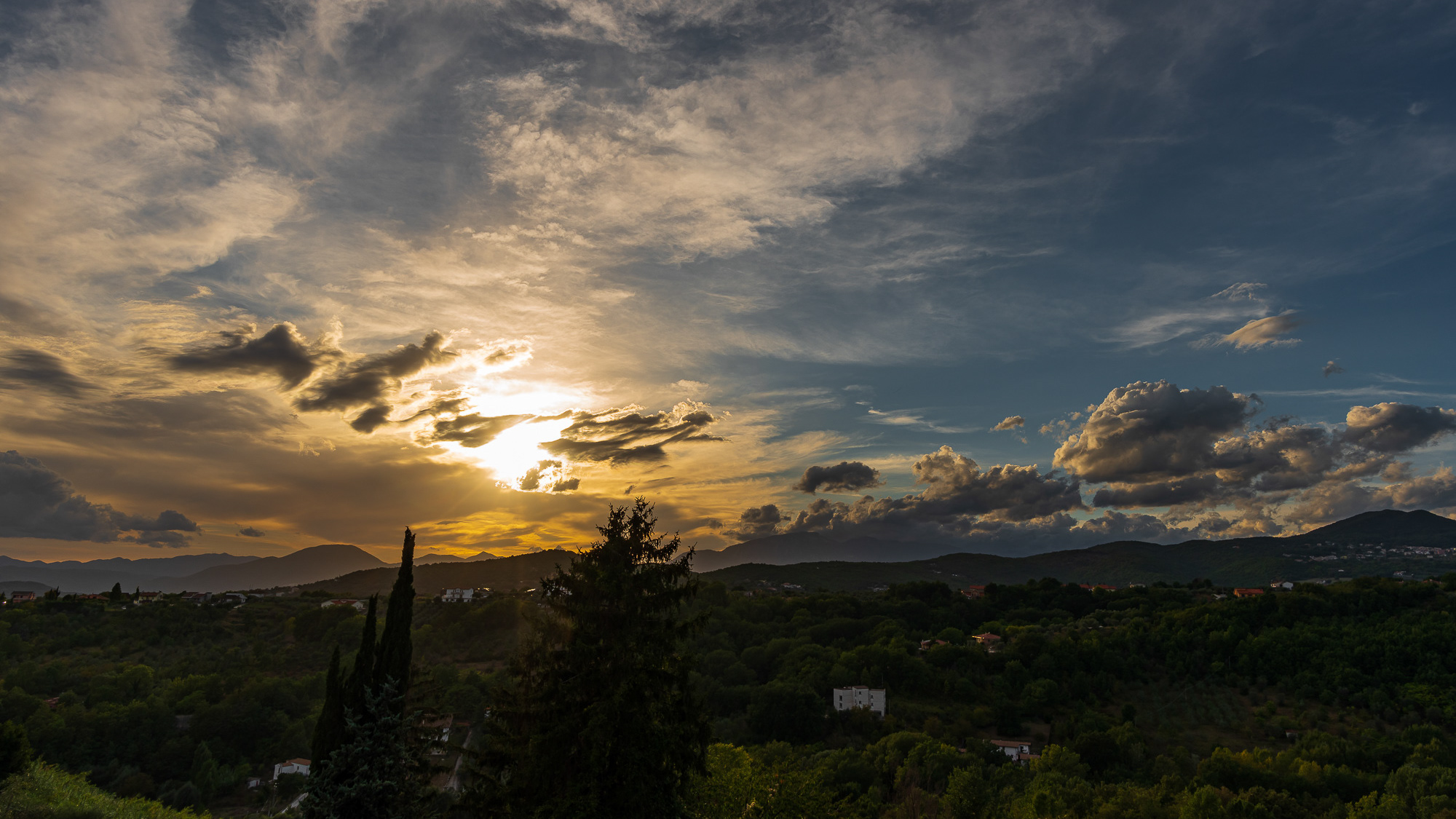
2022
Spectacular photographs of sunsets in Molise, Italy
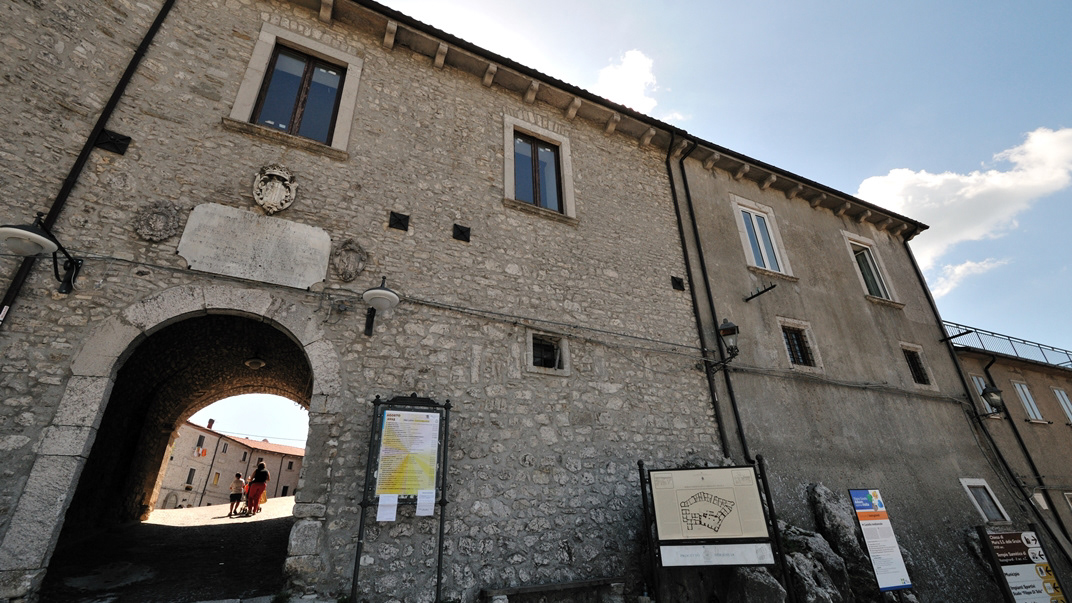
2015
Vastogirardi (IS)
Vastogirardi (Rë Uàštë in molisano) è un comune italiano di 690 abitanti della provincia di Isernia nel Molise. Si presume che il nome Vastogirardi tragga origine dal nome di un capitano crociato, Giusto Girardi. In passato assunse anche il nome di Castrum Girardi per via del castello (altri toponimi attestati risultano Castel Girardo, Rocca Girardo, Guasti Belardi, Guardia Giraldo e Guardia Gerardo) e successivamente il nome attuale, che semplicisticamente si attribuisce alla felice posizione geografica del paese, dalla cui sommità è possibile godere di un vasto panorama, ma molto più scientificamente da un'allitterazione di gergo longobardo. Il patrimonio archeologico-architettonico di Vastogirardi annovera i resti di un santuario sannitico del II secolo a.C. in località S. Angelo e l'eccezionale complesso del castello fortificato, corte interna e complesso parrocchiale. Portali in pietra delle abitazioni, le stesse in pietrame a pezzatura irregolare, e aperture incorniciate da blocchi lapidei e mensole in pietre sagomate rappresentano invece il carattere dell'edilizia minore. Il castello fu costruito nel XIII secolo dagli Angioini sopra il colle montuoso del borgo. Successivamente appartenne ai Caldora e poi a famiglie del regno di Napoli, tra i quali i Caracciolo. Il castello fu oggetto di consolidamento nel XVIII secolo e con tale restauro fu trasformato in residenza gentilizia. Il castello è inglobato nelle mura di cinta della parte più alta del borgo, includendo la piazza e la chiesa parrocchiale di San Nicola. Si accede da un arco a tutto sesto. Della fortificazione angioina resta una torre circolare, e del periodo Caldoresco un loggiato nella parte all'interno del borgo prospiciente la piazza. Il castello assieme al borgo forma una ellisse. La Chiesa di S. Nicola di Bari risale al XV secolo ma l'edificio risulta integralmente restaurato nel 1702, come attesta un'iscrizione murata nel portale d'ingresso. Ad una sola navata, al cui interno è presente un antico ostensorio in argento, vi si accede attraverso un porticato a sua volta accessibile da una doppia rampa. Al suo fianco vi è un campanile in pietra.
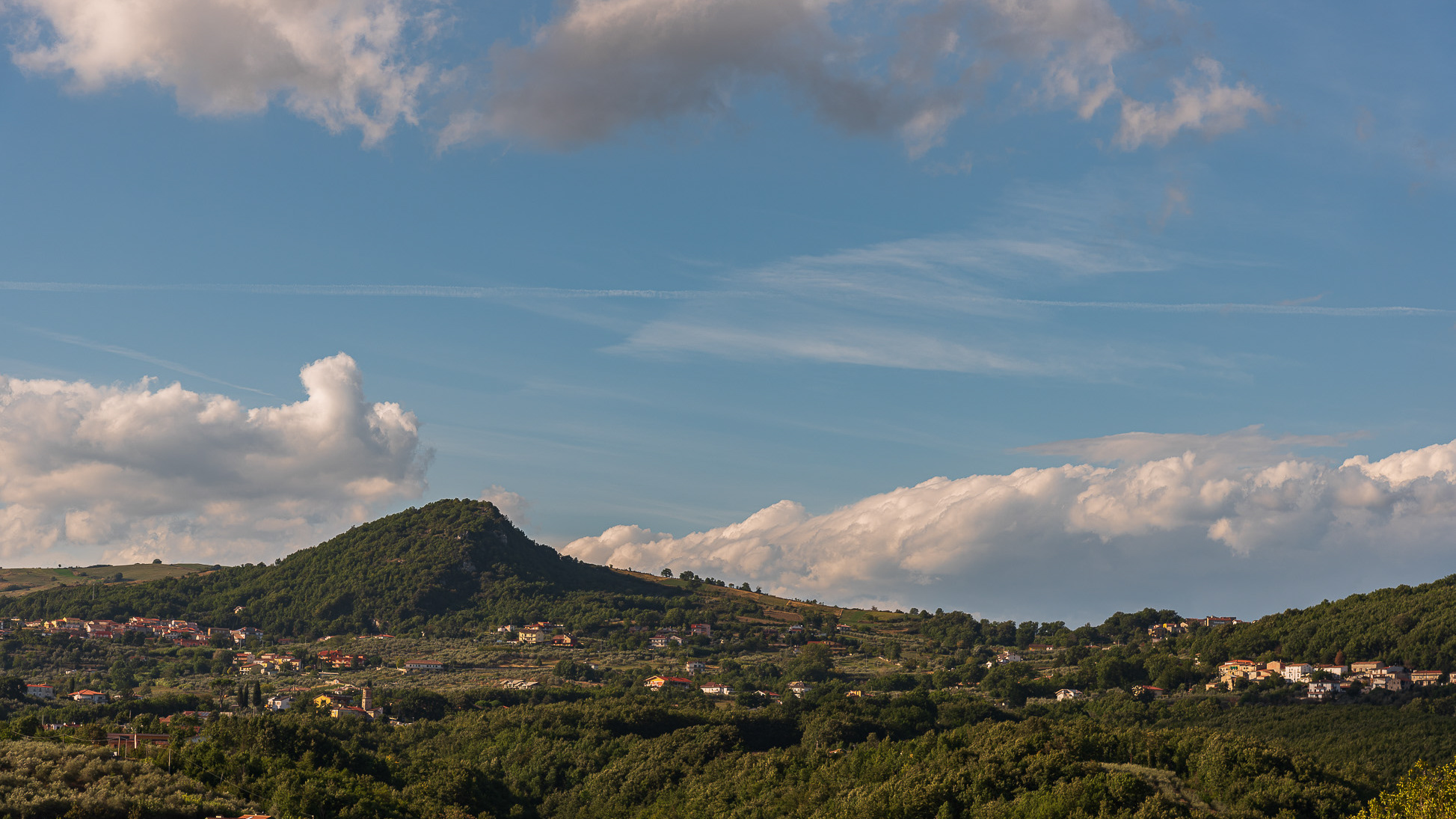
2022
Molise, Italy. Glimpses of summer
Molise is an Italian mountainous region with a stretch of coast overlooking the Adriatic Sea. It includes a part of the Abruzzo National Park in the Apennine mountain range, with a rich wildlife.
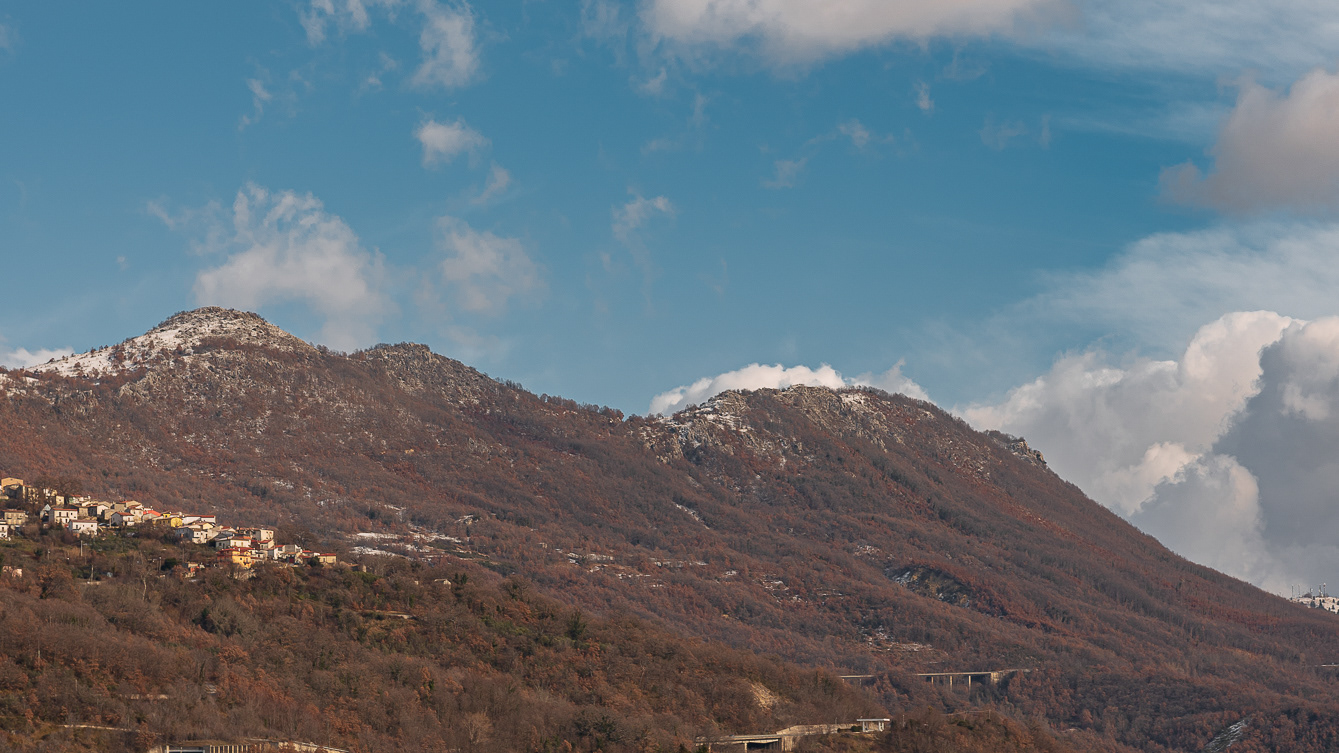
2022
Cerro al Volturno. Winter 2022
Cerro al Volturno (Cièrrë in Molise) is an Italian town of 1 194 inhabitants in the province of Isernia in Molise, about 20 km from the border with Abruzzo. The municipality is also simply called Cerro because of its territory rich in oak woods, among which the Cerro, Quercus cerris, stands out. The Cerrese territory is on the border with the National Park of Abruzzo, Lazio and Molise. The climate is mainly of the Apennine type: cool and rainy autumn, cold and snowy winter and mild summer. The town was founded by the Samnites (III century BC), of which fortifications remain at Mount Santa Croce. In medieval times the hill of the present village was colonized by peasants (9th century), since the fiefdom depended on the nearby Abbey of San Vincenzo al Volturno. The origin of the community itself is linked to the influence of the abbey of San Vincenzo al Volturno, one of the oldest Benedictine monasteries in the Kingdom of Naples and in the land of San Pietro, together with Montecassino and Farfa. Cerro already existed since 899, as evidenced in the Chrnicon Vulturnense, when Roffredo, abbot of San Vincenzo led the first peasant colony to cultivate the lands in the place of Cerrum, from the name of the oak trees. The 11th century Norman castle was later owned by the Filangieri, Borrello and Cantelmo di Popoli family, until the 15th century, when it passed to the Pandone family, who renovated it extensively. In the following centuries the feud belonged to various families, including the Carafa. In 1811 the village passed to the territory of Benevento, and only in 1861 was it included again in Molise, first linked to the territory of Piedimonte Matese, and then to the area of Castellone Volturno, i.e. Castel San Vincenzo. Since 1970 it has been part of the province of Isernia.
